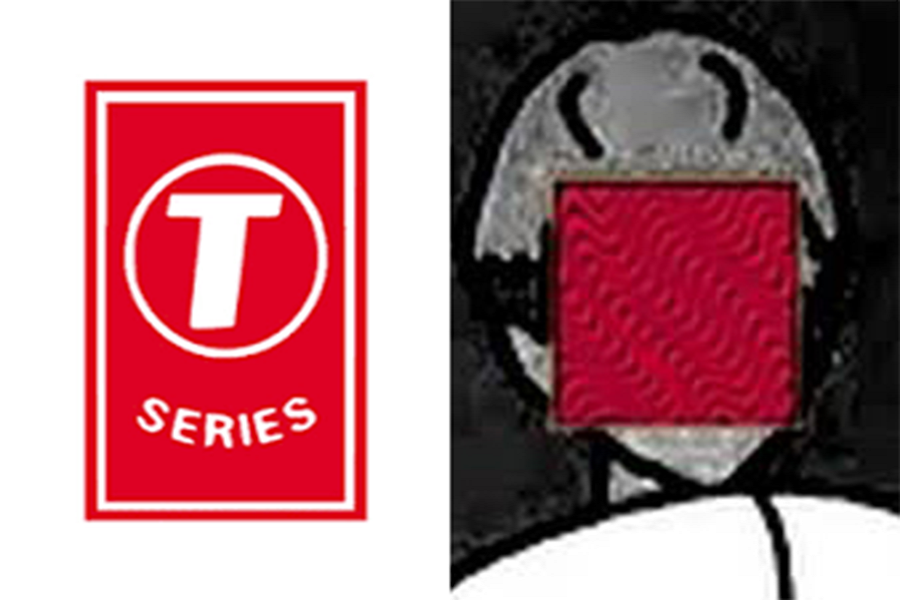In 2005, YouTube was launched by developers/co-founders Chad Hurley, Steve Chen, and Jawed Karim, with instant success. An innovative approach to media sharing and an abundance of funding made the website’s success inevitable. To reinforce its place in the internet hall of fame, Google bought the website for 1.65 billion dollars just one year after its launch.
It was YouTube’s goal to facilitate an easy experiencing for expressing and sharing creativity. A look at some of its earliest celebrities displays how successful it was with this goal. Only sporting a couple of thousands of subscribers, channels like Smosh, nigahiga and lonelygirl15 displayed a level of personal creativity that gave the platform its identity.
In August of 2007, YouTube began looking for ways to capitalize on its billions of viewers, in the form of ads. These ads directly benefit verified creators, who profit from the ads depending on their video’s views. This system works much better in theory than it does in practice.
The issue is that YouTubers with “mature” content are often barred from receiving ad revenue. For example, just the mention of sexual activity is enough to remove monetization rights. More recently, videos featuring young children have been greatly restricted after YouTube faced backlash for not taking proper action about child exploitation (but that is a completely separate issue).
These restrictions most affect creators whose channels gained popularity through their unedited presentation of personality. Swearing, joking, and covering mature topics created a following of fans who were attracted most to their personality. Unfortunately, these themes enter gray areas in the YouTube algorithm and make it hard for creators to make their living.
While small YouTubers are struggling to stay relevant and profitable, large companies with big production teams are putting their business resources to the test. A wider audience means more viewers, so their videos are usually already family friendly. Popular music seems to be one genre that YouTube doesn’t seem to touch, no matter its content. Music publishing companies, such as Vevo and Fueled by Ramen have dominated the algorithm for years. Enter T-Series, an Indian channel known for its Bollywood music videos.

